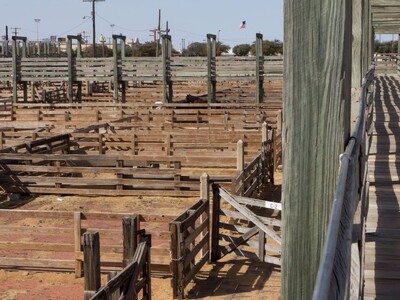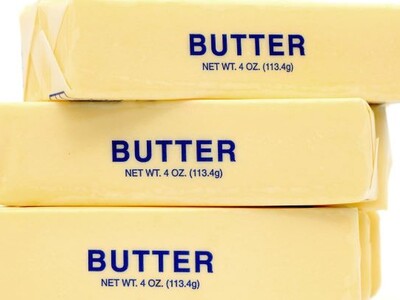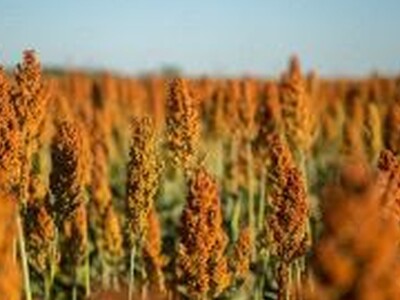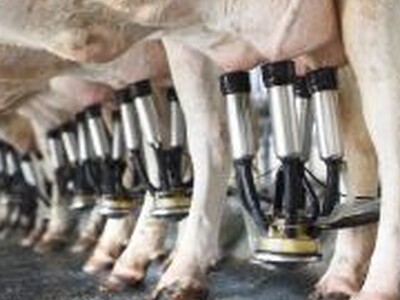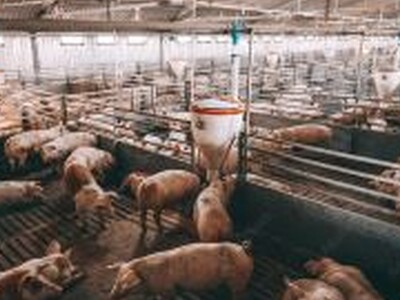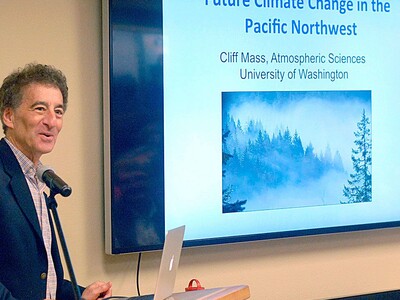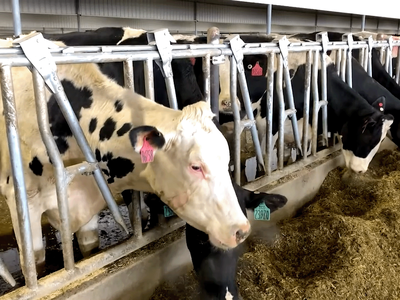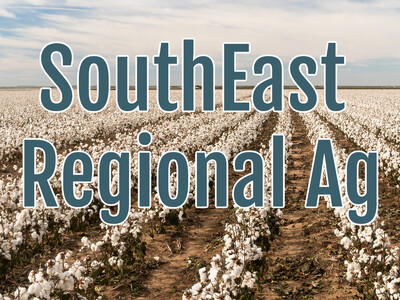Quagga Disaster
I was recently at a sportsman's show in Boise and a display at the US Coast Guard stand showed what Quagga muscles look like. There was a small anchor, presumably used for a small boat, and its surface was entirely encrusted with these tiny muscles. The Idaho State Department of Agriculture's (ISDA) Invasive Species Program announced They recently intercepted and impounded a mussel-fouled watercraft at the U.S. Highway 93 inspection station.WSU School of the Environment Director Steve Bollens talks about the the damage these small but prolific mussels could do in the Columbia River Basin, if left unchecked: "Were they to arrive and take hold, the impacts are both economic and ecological. In terms of economics they encrust basically all hard surfaces, so they have potentially very severe implications for irrigation systems, hydroelectric systems, municipal water systems, as well as recreational boats, docks. In addition to that there are concerns about the ecological impacts of these organisms. They compete with native species for food in the water column. That can have impacts throughout the entire food chain, including fish, salmon, birds. We're going to be collecting water samples and scanning those samples with a new imaging system that is automated and allows us to very quickly access for the presence or absence of the very youngest, very smallest mussels."




